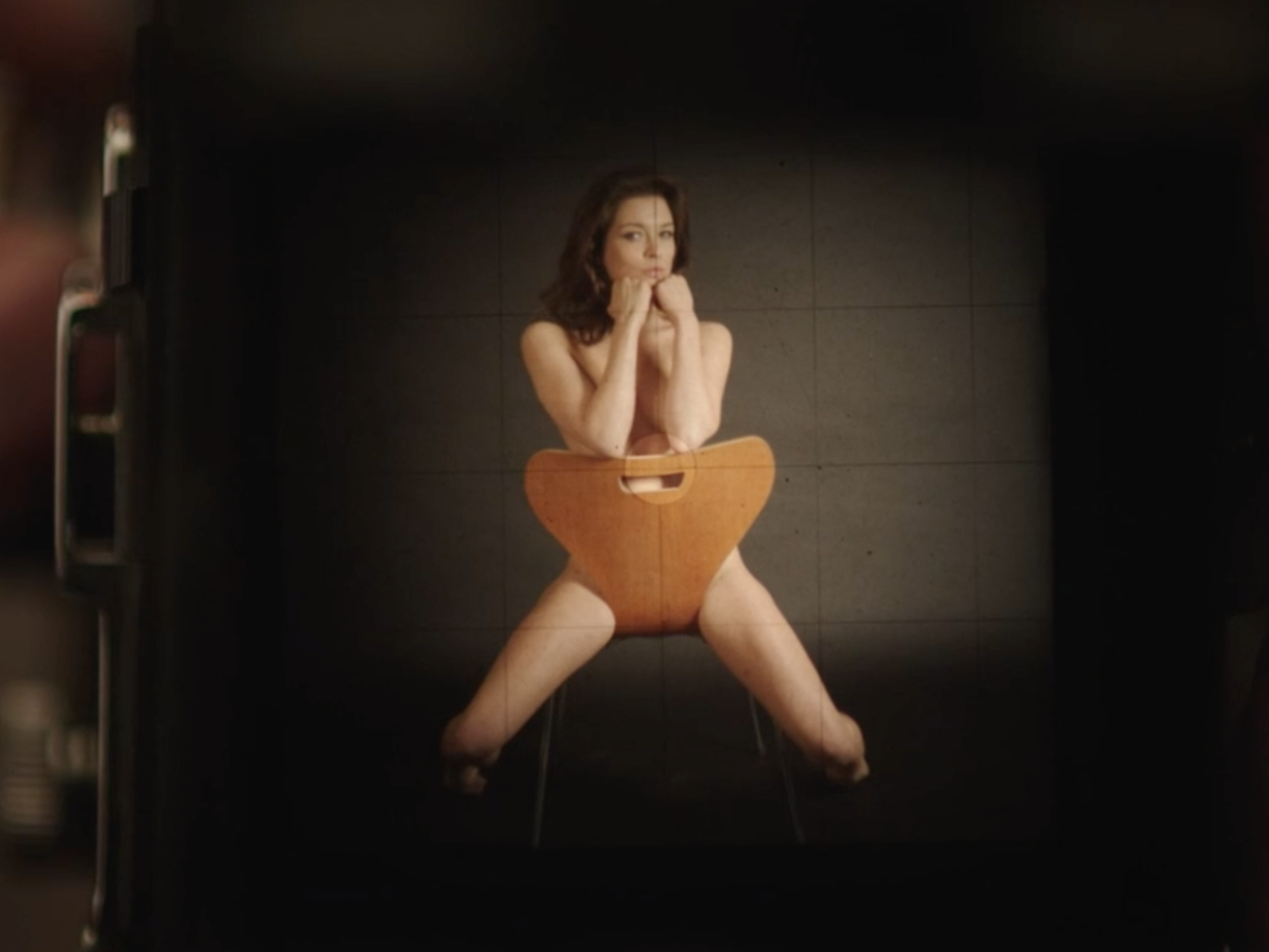Christine Keeler: The story behind the famous nude photograph depicted in BBC series
Ahead of the series finale of BBC's The Trial of Christine Keeler, Olivia Petter revisits one of the most famous photographs of the woman at the heart of the Profumo affair


If a picture is worth a thousand words, then Lewis Morley’s nude photograph of Christine Keeler is worth millions.
The black and white image shows the 21-year-old model in 1963 sat astride a plywood chair. It might sound simple enough, but given that the photograph was taken at the height of Keeler’s notoriety, due to her relationship with married politician John Profumo, it became iconic.
The Profumo Affair, as it came to be known, forced Profumo out of office, precipitated then-prime minister Harold Macmillan’s resignation, and led to the death by suicide of an osteopath, Stephen Ward, who had introduced Profumo to Keeler. The affair had a colossal impact on the rest of Keeler’s life, and the effects are still felt in Westminster today.
As a result the photograph remains significant. But there’s a lot more to it than meets the eye. Ahead of the series finale of The Trial of Christine Keeler on BBC One, The Independent takes a closer look at the story behind that famous photo.
According to the Victoria and Albert Museum, the photograph was the final shot on a 12-exposure film and took less than five minutes to capture.
The photoshoot was originally arranged to promote a film about the scandal called The Keeler Affair, but the film never came to fruition and the photograph was leaked to the Sunday Mirror.
Both the chair and the photograph are in the V&A’s permanent collection. The museum notes how the photo raised questions about exploitation given that Keeler is nude.
“This photograph was one of a series of publicity shots for an intended film which never saw the light of day,” Morley told the museum, noting how it wasn’t until 1989 that the affair was retold in cinema via the film Scandal.
“The photographic session took place in my studio, which at that time was on the first floor of the ‘Establishment’, a satirical night club, part-owned by Peter Cook of Beyond The Fringe fame,” Morley added, referring to the popular West End play in which Cook starred alongside Alan Bennett.
In total, Morley said he used three rolls of 120 film for the photoshoot. In the first two rolls, Keeler was sat in various positions on the chair and on the floor. She was initially clothed, wearing a sleeveless leather jacket.
“It was at this point that the film producers who were in attendance demanded she strip for some nude photos,” Morley continued. Christine was reluctant to do so, but the producers insisted, saying that it was written in her contract. The situation became rather tense and reached an impasse.
“I suggested that everyone, including my assistant, leave the studio. I turned my back to Christine, telling her to disrobe, sit back to front on the chair. She was now nude, fulfilling the conditions of the contract, but was at the same time hidden.”
Morley said Keeler repeated some of the poses she had done on the previous films, so he started taking photos from different angles in order to get some variety.
“I felt that I had shot enough and took a couple of paces back. Looking up I saw what appeared to be a perfect positioning. I released the shutter one more time, in fact, it was the last exposure on the roll of film,” he said of the moment he took the famous image. "The nude session had taken less than five minutes to complete,” Morley added.
As for the chair, the V&A notes it has often been misidentified as the classic Danish model 3107 chair designed by Danish architect Arne Jacobsen. It was actually a counterfeit version of this chair, though it was still made in Denmark.
“The plywood used in the copy is much thicker and less subtly moulded” the museum states, adding that the “waist” of the chair is more obvious in the knock-off version and, unlike Jacobsen’s chair, has a handle-hole cut out of the back, which the V&A says would have been an intentional ploy to avoid copyright infringement.
Before Morley donated the chair to the museum, he inscribed underneath the names of the famous people he had photographed sat in it, including Keeler, TV host and comedian David Frost and Barry Humphries, who is best known as his comedy alter ego Dame Edna.
The Trial of Christine Keeler airs on BBC One on Sunday at 9pm
Join our commenting forum
Join thought-provoking conversations, follow other Independent readers and see their replies
Comments